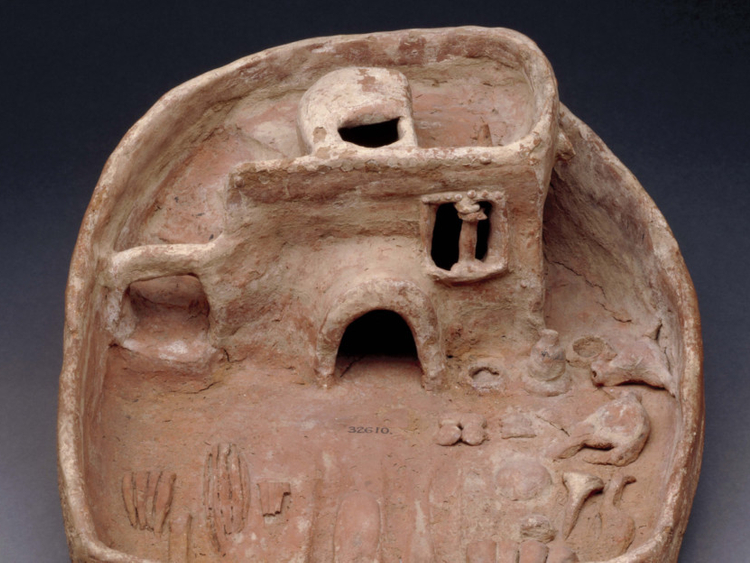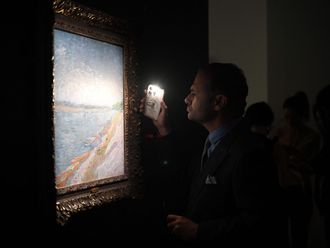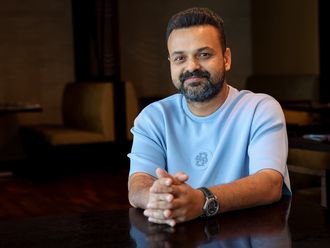
Mumbai: As part of the commemoration of 70 years of Indian Independence, a unique and first ever exhibition of its kind in India wherein the country’s history and its connection with the rest of the world is told in nine stories through 228 objets d’art, has already become a hit with visitors.
This collaboration between Chhatrapati Shivaji Maharaj Vastu Sanghralya (CSMVS), formerly known as Prince of Wales Museum, the British Museum in London and the National Museum in Delhi also includes artefacts from 25 museums and private collections across India.
Covering a period of over a million years, India and the World: A History in Nine Stories displays 104 important works of art from the Indian subcontinent in dialogue with 124 iconic pieces from the British Museum. Indian objects are positioned within a global context and serve to explore connections and comparisons between India and the rest of the world. “The purpose is to share an encyclopedic collection with a country that does not possess one, and help develop a generation of global citizens,” says the Director General of CSMVS, Sabyasachi Mukherjee.
The objects, in fact masterpieces, have been selected both for their aesthetic appeal and the stories that they represent. Objects as diverse as figural representations, inscriptions, coins, tools, paintings and jewellery have been brought together in a dialogue to demonstrate the common threads of human history. They bring out the powerful stories of conquest as well as the similarities and differences that have influenced and shaped humankind whilst at the same time illustrating how people from different cultures express ideas through objects in remarkably similar ways.
One of the primary goals of this exhibition has been to connect with children and for this the museum’s education team, in consultation with schools and teachers, devised a package of activities that include workshops, games, interactive sessions and events designed for families.
“The response is not just positive but gauging through the events, we have found that this is truly an in-depth experience for both the young and adult visitors,” says Kamini Sawhney, chief co-cordinator, and adds how the lecture series were also jam-packed. “The message has been to communicate with people and it appears we have succeeded.”
What is fascinating is the arrangement of the objects: Shared Beginnings displaying a white quartz axe of Tanzania’s Olduvai (from one of the most important paleoanthropological sites in the world) tells the story of man’s battle for survival; First Cities travels back to 2,500 BCE with highlights including artefacts from Mohenjodara and Harappa; other sections focus on great empires with State and Faith talking about how rulers used religions to strengthen their grip on their subjects and Indian Ocean Traders focuses on Courtly Culture as in the opulence of Mughal, Ottoman and Chinese courts.
Opened in November 11, the exhibition will collaborate through a series of activities and workshops with the popular Kala Ghoda Arts Festival that will be held next door between February 3-11.















